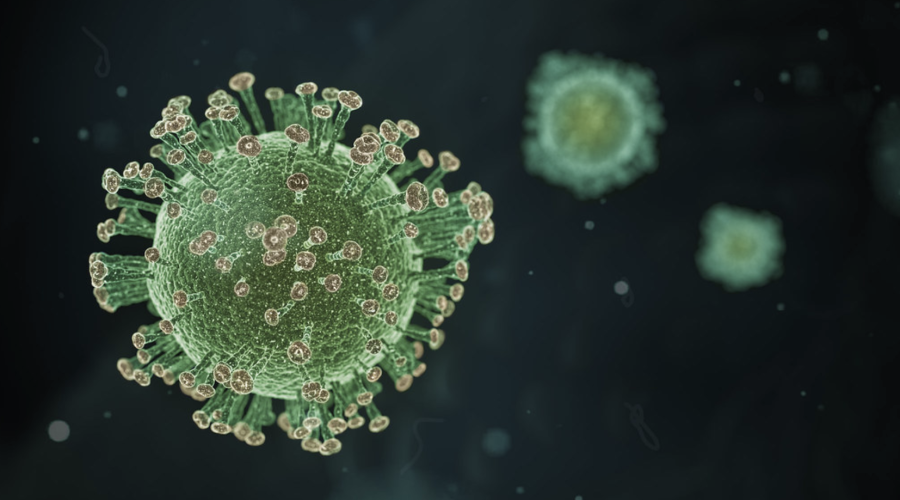With over 7 million confirmed cases of COVID-19 in the U.S. and over 34 million worldwide, experts have been trying to figure out what has led to such an increased transmission of the coronavirus. New research out of the University of Arizona could help to shed light on this question.
SARS-CoV-2, the virus that causes COVID-19, can relieve pain, according to researchers at the UA Health Sciences.
The Centers for Disease Control and Prevention estimates that nearly half of those infected with the coronavirus will remain asymptomatic, making it all the more difficult to curb the spread of the virus. However, this new research breakthrough helps explain why this asymptomatic group is remaining healthy.
Rajesh Khanna, a professor in the UA College of Medicine — Tucson’s Department of Pharmacology, and his team found that the SARS-CoV-2 virus binds to the neuropilin-1 receptor to induce analgesia, or the inability to feel pain.
“It made a lot of sense to me that perhaps the reason for the unrelenting spread of COVID-19 is that in the early stages, you’re walking around all fine as if nothing is wrong because your pain has been suppressed,” Khanna said in a press release. “You have the virus, but you don’t feel bad because your pain is gone. If we can prove that this pain relief is what is causing COVID-19 to spread further, that’s of enormous value.”
RELATED: Temperature checks: Are they a powerful tool for detecting infected individuals or simply futile?
Normally, when a protein named vascular endothelial growth factor-A binds to the neuropilin receptor, a cascade pathway that leads to the feeling of pain ensues. However, the binding of the SARS-CoV-2 virus to this receptor leads to a reversal of the typical pathway, causing the inability to feel pain.
In other words, the asymptomatic carriers of the coronavirus will not be able to feel pain, thus leading to a lack of visible symptoms, such as a fever, cough or sore throat, that people associate with a COVID-19 experience.
Khanna has been studying those ion channels – specifically voltage-gated calcium and sodium channels – and the proteins and signaling pathways that activate them for more than 15 years, according to the press release.
“We are moving forward with designing small molecules against neuropilin, particularly natural compounds, that could be important for pain relief,” Khanna said. “We have a pandemic, and we have an opioid epidemic. They’re colliding. Our findings have massive implications for both. SARS-CoV-2 is teaching us about viral spread, but COVID-19 has us also looking at neuropilin as a new non-opioid method to fight the opioid epidemic.”
This new research could potentially provide the groundwork for answering the question as to why such a large proportion of those infected with the coronavirus will remain healthy. If one thing is for certain, these past few months have taught us that COVID-19 has proven to be all too enigmatic.
Follow Amit Syal on Twitter









